Japan takes pride in being the world's leading producer of wasabi, the spice that is used to season Japanese food, and Shizuoka Prefecture leads the country in this regard.
Raised in Shizuoka according to tradition, wasabi is a native Japanese plant whose lower stems are grated to make a sharp-flavored spice that stimulates the nose.
The United Nations Food and Agriculture Organization has added wasabi cultivation, which makes use of abundant spring water, geological features, and weather conditions, to its list of globally significant agricultural heritage systems.

The Izu city's Ikadaba wasabi fields, located in the center of Izu Peninsula, consist of 1,500 fields situated on 15-hectare stone terraces that were constructed by reclaiming streams that run down the slopes of mountains.
The Amagi mountain range's waterfalls and streams encircle the terraces, and one can hear the cool sound of spring water trickling down.
Although a kilogram of rice is supposed to require two to five tons of water, growing the same quantity of wasabi requires more than thirty tons of water.
Wasabi cultivation depends on a steady supply of spring water from the highlands and a cold, shaded atmosphere.

The "Tatamiishi (rock matting) style" is used to build the wasabi terraces; huge rocks are used in the bottom layer, tiny stones are used in the middle layer, and sand and gravel are used on the surface.
A steady flow of spring water through the fields provides nutrients, oxygen, and a consistent temperature, allowing for the year-round, stable growth of thick-stemmed, high-quality wasabi plants without the need for fertilizers.
Clearwater travels to downstream areas, increasing overall yields since it is cleaned by filtering through the layers of stone.
End//voice7news.tv
A global news agency.



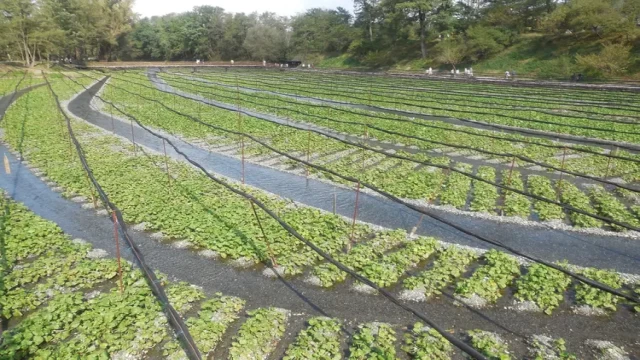

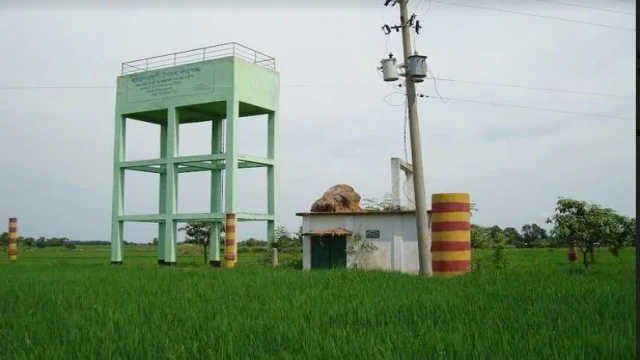



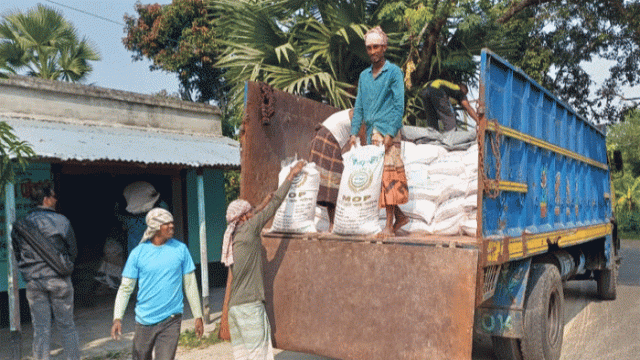



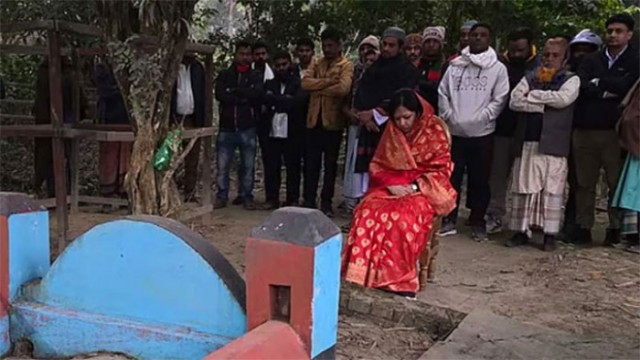

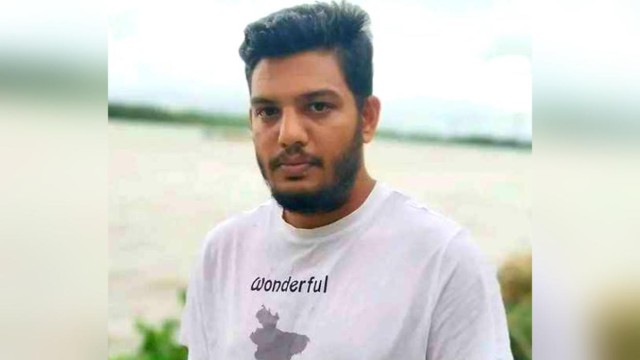
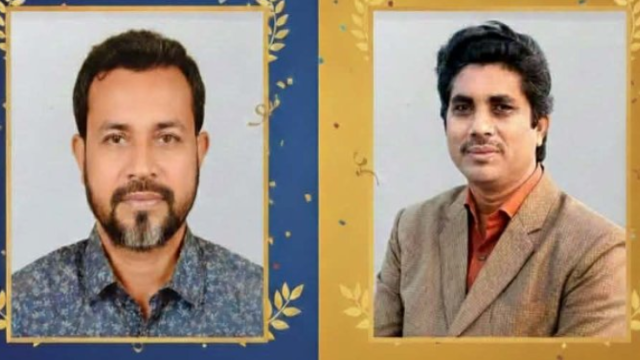
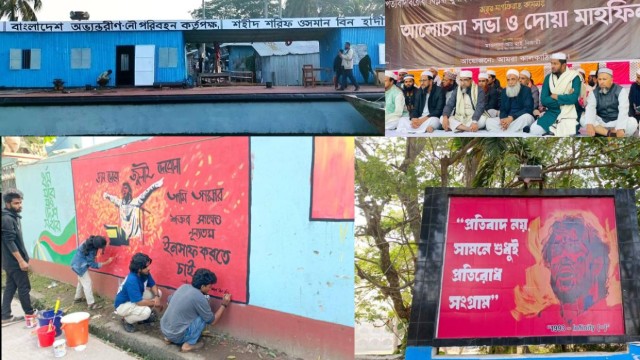













Comment: